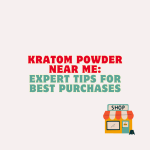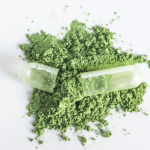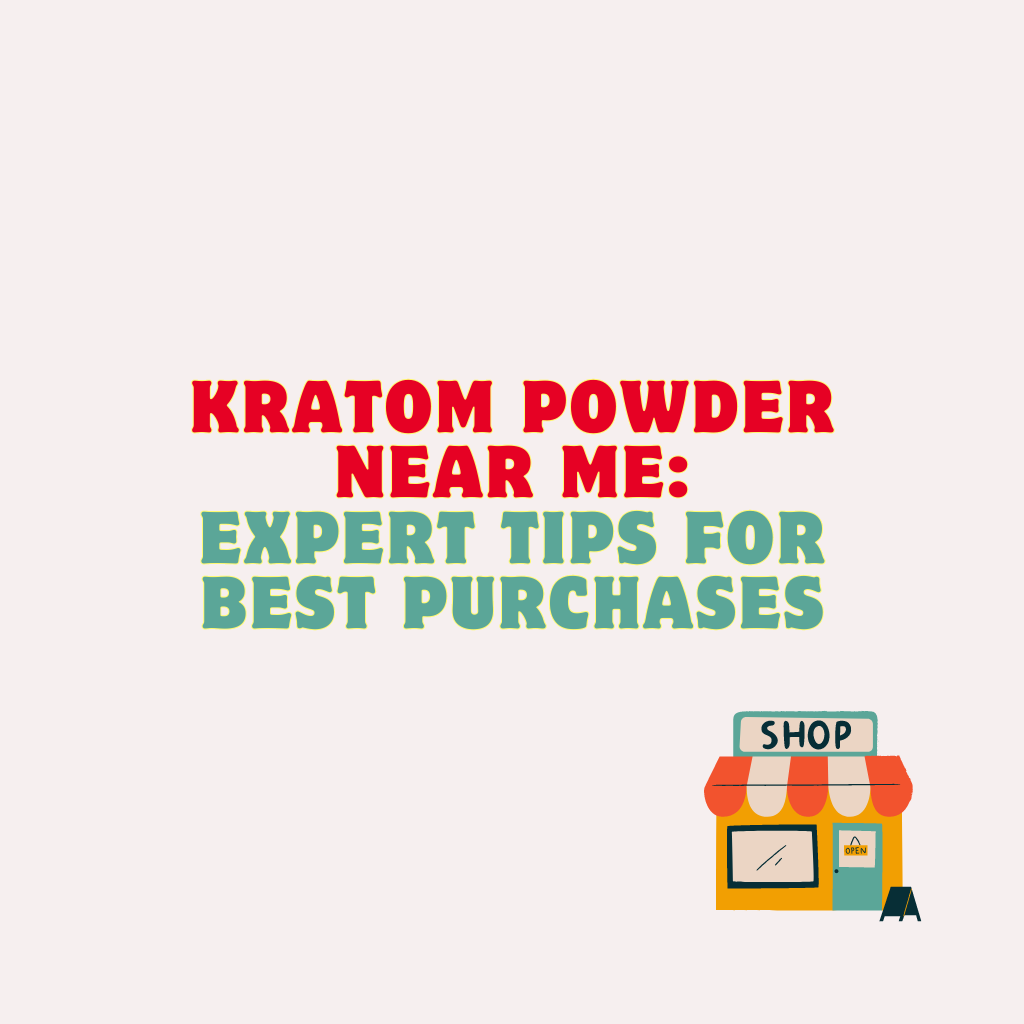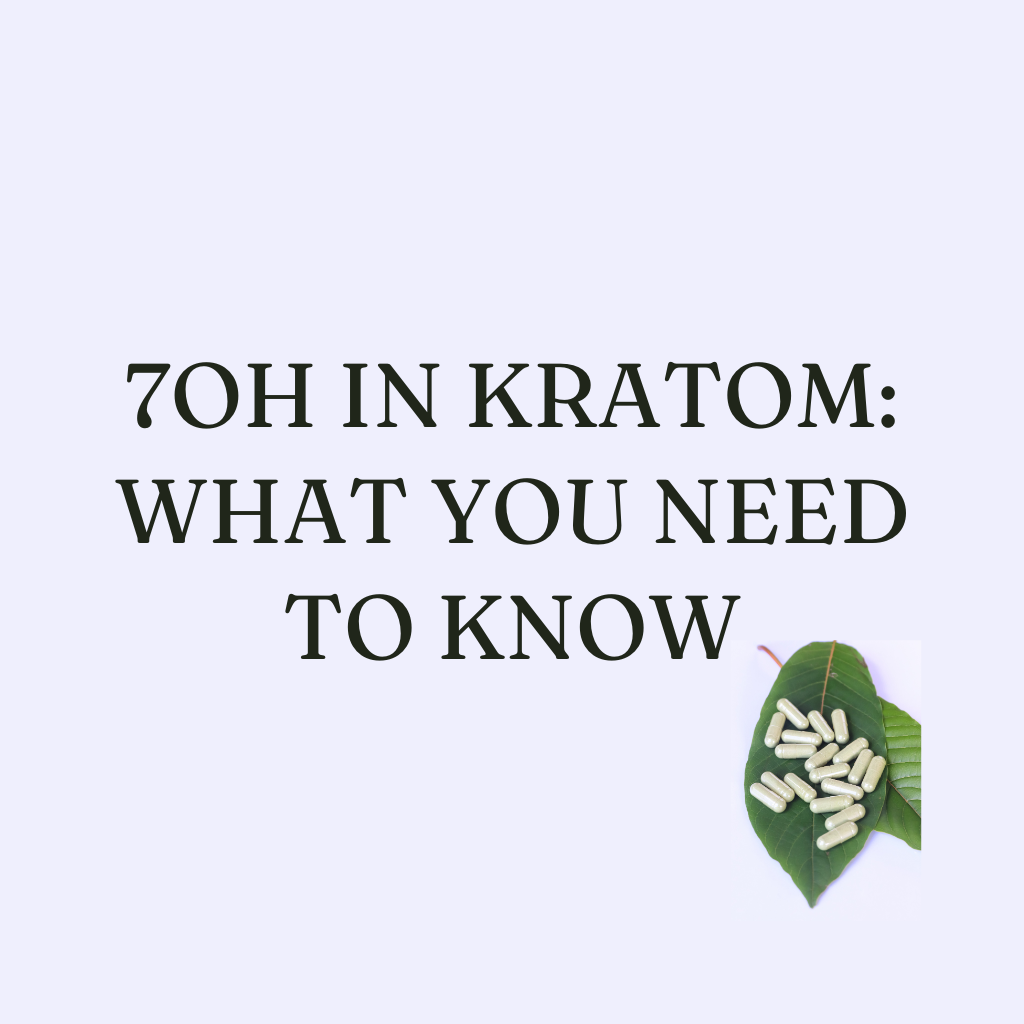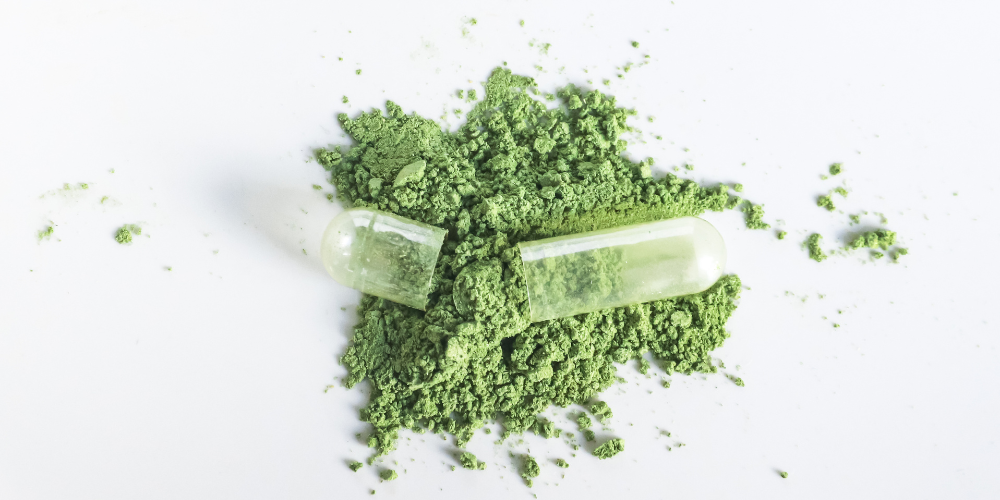
Free Shipping on Orders Over $75!
JOIN OUR EMAIL LIST FOR 20% OFF, weekly coupons up to 30% OFF
Is Kratom Bad for Your Liver? What You Need To Know
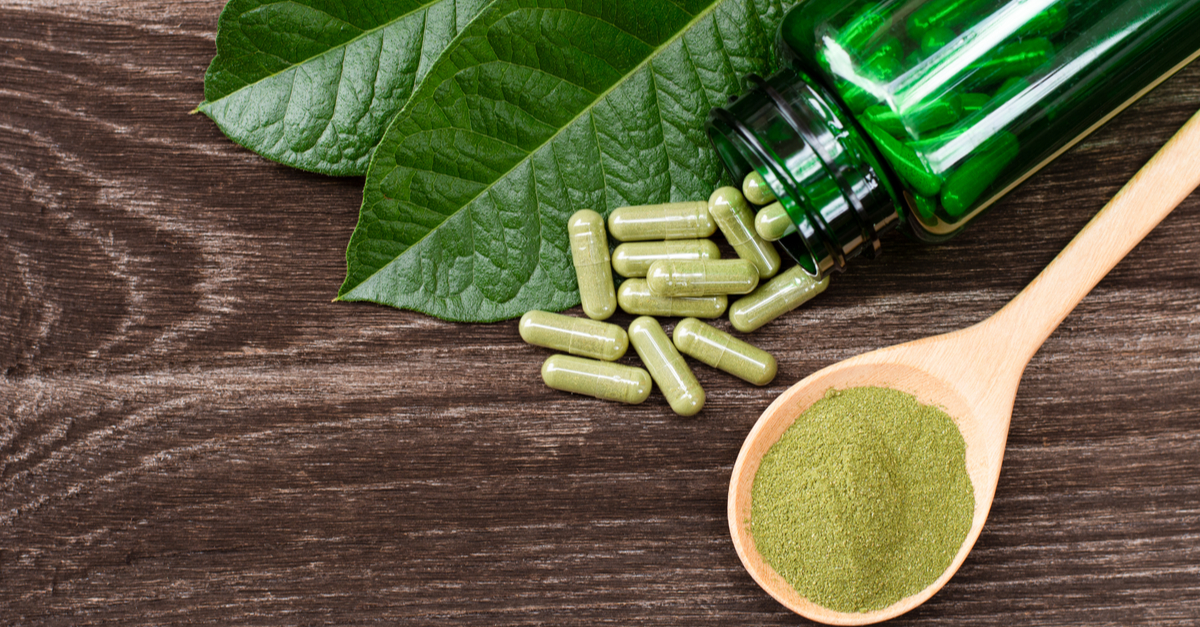
Kratom products have soared in popularity over the past decade, but health concerns persist. You may be worried about whether kratom has any adverse effects on the liver.
Chronic kratom use may cause liver damage or hepatotoxicity. Scientists have linked kratom consumption to liver damage in a handful of cases. However, research is limited. Liver injury symptoms include fatigue, nausea, and dark urine and typically emerge within 1 to 8 weeks of taking kratom.
I’m here to put any concerns you have about kratom and your liver to rest. In this post, I’ll point out the warning signs you need to watch for and show you how to use kratom safely.
Kratom’s Effect on the Liver
In 2020, LiverTox provided the most detailed update yet on kratom’s adverse effects on the liver. Experts determined that “chronic use of kratom recreationally” has led to acute liver injury in rare cases. Kratom has been linked to hepatotoxicity – to use the scientific term – meaning chemical-driven liver damage.
Liver injury that occurs due to kratom appears between 1 to 8 weeks after initial consumption. Common symptoms include fatigue, nausea, dark urine, pruritis, and jaundice.
Kratom consumption may also cause severe cholestasis, which may lead to bone marrow toxicity and acute renal failure.
In healthy individuals, serum bilirubin levels lie between 0.3 and 1.2mg/dL. But in patients with kratom-associated liver injury, this can soar to 20mg/dL – such high serum bilirubin levels are likely to lead to jaundice.
Yellowing of the skin and whites of the eyes are notorious jaundice symptoms.
Researchers are uncertain about how kratom causes liver damage. Kratom and its alkaloids (e.g. mitragynine, 7-hydroxymitragynine) are poorly understood, and much remains unknown about how these compounds work in the body.
And that’s without considering flavonoids, triterpenoids, monoterpenes, and the other compound classes in kratom.
Scientists note that it’s difficult to link kratom use with liver injury, as patients who present with problems are often taking other drugs of abuse, too.
The good news is that kratom-associated liver injury generally resolves if consumption is stopped. However, that might not be easy for chronic and dependent users who would suffer from withdrawal symptoms.
Kratom and the kidneys
The liver and the kidneys are closely connected, and liver damage often ends up bringing problems for the kidneys, too. Therefore, when kratom is hard on the liver, it may also be hard on the kidneys.
The liver is supposed to flush out toxins in the body. When it becomes damaged, the organ fails to remove toxins as effectively, putting more pressure on the kidneys.
The additional stress on the kidneys due to liver damage can subsequently cause kidney failure.
The risk of kidney problems is exacerbated further by regularly consuming high doses of kratom. Increased tolerance leads to taking even stronger doses, which puts immense strain on the liver and kidneys
What to Do if You Notice Any Kratom Symptoms on Your Liver

Stop taking kratom immediately if you notice any liver injury symptoms. Hopefully, if you are experiencing issues, you will pick up on any increased nausea and fatigue early.
The quicker you catch the symptoms, the easier they will be to resolve.
Contact your doctor to discuss the situation. They may advise you to stop taking kratom permanently or recommend that you cut back your dosage.
A doctor will also help determine whether your liver – or any other organs – has suffered any lasting damage and if you need any additional treatment.
Do not ignore any of these symptoms. If you are suffering from liver damage symptoms, continuing to take kratom will make matters worse and could set the foundations for even more serious health issues in the future.
Indeed, we know that liver damage can eventually lead to kidney failure.
I know it’s tempting to turn a blind eye to any kratom issues if the herb is helping you with your ailments. But the sad reality is that kratom is not for everyone.
Other Side Effects of Kratom
Kratom is associated with a list of other side effects – some minor, some severe. In rare cases, kratom has been connected to seizures, coma, and death.
More common side effects include dry mouth, nausea, vomiting, sweating, constipation, diarrhea, drowsiness, agitation, loss of appetite, hallucinations, and a loss of muscle coordination.
Kratom also has addictive potential and may cause heart problems. Let’s look at these in more depth.
Addiction
Kratom is addictive, and you can become dependent on it. You may be taking kratom as a natural and less harmful alternative to highly addictive opioid painkillers.
While many successfully treat opioid addictions with kratom, those without an addiction could get hooked on kratom.
Tolerance to kratom alkaloids like mitragynine increases quickly, and you may soon find yourself taking much more than usual to get its benefits.
Once you are taking large doses of kratom daily, quitting becomes very difficult due to withdrawal symptoms. People in this situation are described as “kratom dependent.”
Kratom withdrawal symptoms are nasty and not a situation you want to find yourself in.
Trying to go cold turkey when dependent on kratom could trigger muscle aches, insomnia, nausea, vomiting, diarrhea, abdominal cramps, blurred vision, and flu-like symptoms.
Kratom-related heart problems

It’s unusual, but kratom could also cause heart problems. If you have a heart-related condition, it may be wise to steer clear of kratom.
Heartburn is a common kratom side effect, albeit usually a fairly harmless one. Kratom may also cause heart arrhythmias – these vary in severity. Many live with arrhythmias in day-to-day life without issues, but some are more severe.
High blood pressure (hypertension) is also associated with kratom use. How often high blood pressure presents is unclear. A study suggested it affects almost 1 in 400 users, but this didn’t consider whether some people were experiencing symptoms but didn’t realize. High blood pressure symptoms can be hard to spot.
But anecdotal reports suggest that kratom use could cause low blood pressure due to dehydration. With so little research, cases can be made for kratom causing all kinds of health issues.
But without extensive evidence, it’s difficult to know if these fears are overblown – and if so, by how much.
As with liver-related symptoms, if you experience any heart problems after taking kratom, stop using it immediately and speak with your doctor or physician.
How to Reduce Side Effects with Kratom
Let’s get away from the panic and remember that millions of people take kratom without any problems at all. Learning how to use kratom safely and responsibly is essential to having a positive experience with the herb.
Of course, you need to find an optimum strain and a suitable dosage, but you must also search out legit products from reputable vendors, such as Kratom Krush.
Manage dosage and tolerance
Let’s get away from the panic and remember that millions of people take kratom without any problems at all. Learning how to use kratom safely and responsibly is essential to having a positive experience with the herb.
Of course, you need to find an optimum strain and a suitable dosage, but you must also search out legit products from reputable vendors, such as Kratom Krush.
Avoid becoming dependent on kratom by never taking more than necessary. When you first start taking kratom, stick with small dosages (2 to 3 grams) and increase by half a gram a time until you reach the perfect amount.
Once you’ve got the ideal dosage, try sticking with it by closely monitoring your consumption. Keep a brief diary of how much kratom you are taking and when. This will help stop your dosages from sneakily increasing as you acquire tolerance.
Cycling strains can also help prevent tolerance and side effects. Let’s suppose you like red vein kratom.
Rather than just having one soothing strain, such as Borneo, investing in two or three – perhaps Indo or Bali – will allow you to chop and change.
Once you feel tolerance increasing with one strain, switch to the other. The new set of alkaloids will trick your body for a while.
Over time, you will become tolerant to the new strain, but by then, your body’s tolerance to the first strain will have reduced.
Find an optimum strain
Kratom offers a wide variety of effects, and some leaves couldn’t be more different from each other. For example, red vein kratom is relaxing, whereas white vein kratom is stimulating.
Hence, finding the best strain for you can take a little time.
But that experimentation pays off in the long run when you’ve discovered the gems of the kratom world.
Every kratom strain has a unique makeup of alkaloids, flavonoids, and other compounds. Some combinations will work better for you than others.
Searching out the perfect kratom for your requirements reduces the risk of side effects.
And once you are in tune with a strain’s characteristics, you will know not to panic if there is a little too much relaxation or stimulation.
Use a potentiator

Kratom potentiators are a revelation. Caffeine, cayenne pepper, lemon juice, chamomile tea, turmeric, and St John’s wort are just a few of the substances that help make kratom more potent.
By enhancing kratom’s effect with a potentiator, you can reduce your dosage – or at least not be tempted to increase it.
But be careful, as kratom potentiators can also cause side effects. Imagine drinking coffee alongside an invigorating white-vein kratom. The combination of effects may be extremely intense and could trigger anxiety.
In general, though, potentiators are overwhelmingly positive. Keeping your tolerance down makes addiction less likely and should reduce side effects.
Potentiators also offer therapeutic effects to enhance the experience. For example, a soothing red-vein kratom taken with chamomile tea will make you more sleepy and relaxed.
Buy lab-tested products
Purchasing third-party tested, lab-approved kratom products is vital. The Food and Drug Administration (FDA) does not regulate kratom products, which means there are no official quality standards.
The lack of regulation opens the door to scammers and cowboy companies looking to make a quick buck with inferior or even dangerous kratom.
With no government regulations, the top-tier kratom companies have taken it upon themselves to prove they are selling legit products. These brands send off products to third-party laboratories, which check for both safety and potency.
The best and honest companies freely share these results with potential customers. After all, if you were selling genuine kratom, you would want everyone to know.
Therefore, you should avoid shady companies that aren’t transparent about the manufacturing process. There’s no good reason for not being upfront with customers about what’s in your product.
For the best kratom powder, tablets, leaves, extracts, and more, check out our store!
Did like a post? Share it with:
nimesh
Search
Table of Index
Post Categories
Related Posts
Where to buy kratom near me is a question that many users find themselves asking when looking for quality products
Finding the best Kratom Powder near me can feel difficult with so many options available locally. But steering through stores
Are you one of those scrolling on the internet for ‘7ALKS near me’? Are you looking for 7ALKS, 7-Hydroxy 15mg
7OH, or 7 hydroxymitragynine, is a significant alkaloid found in kratom that plays a crucial role in its effects. This
Curious about 7OH kratom? You’re not alone. As more people explore different botanical products, 7 hydroxymitragynine (7OH) has emerged as
Have you ever accidentally over-consumed kratom and experienced a hangover? Well, the good news is they’re easily avoidable. A kratom
Disclaimer
Must be 21 years or older to purchase kratom. Products are not for internal use. The US FDA Has Not Approved Kratom as a Dietary Supplement. We do not ship to the following states, cities and counties in the US where Kratom is banned Alabama, Arkansas, Indiana, Rhode Island, Tennessee, Vermont, Wisconsin. Sarasota County, Union County, Denver, San Diego. All sales should be 100% U.S. sales only.
Consult with a medical professional before use if taking prescription medication or affected by a serious medical condition. Always seek medical advice before using this or any other supplemental dietary product. These statements have not been evaluated by the Food and Drug Administration (FDA).
© 2025 Kratom Krush. All Rights Reserved.Privacy PolicyTerms & Conditions


